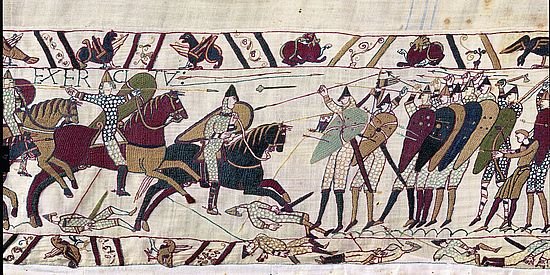
HOW INHERITED IRAs WORKS- With so much of America’s savings in IRAs, it’s important to know how these inherited accounts work. The recipient of an inherited IRA can spend their inheritance however they like. However, there are strict laws concerning how long money can remain in the inherited account, as explained in the article “Understanding Inherited IRAs” from The Motley Fool. Understanding options is crucial to avoid expensive penalties and minimize taxes.
An inherited IRA is a tax advantaged investment account a person opens to transfer the funds they’ve inherited as a beneficiary of a deceased’s retirement plan. The person opening the inherited IRA is known as the beneficiary. It’s usually a surviving spouse, child, other relative or friend. If there are multiple beneficiaries, they each must open separate inherited IRA accounts.
These accounts are used to transfer the inheritance to the new beneficiary. Beneficiaries may not make additional deposits into these accounts.
You could roll the funds into your own IRA if you are a surviving spouse. By rolling the funds into an inheritance IRA, you avoid paying taxes on the inherited funds and avoid taking required minimum distributions (RMDs) until your own retirement. The goal of an IRA is to avoid taking withdrawals to give funds extended time to grow. However, you can’t take any withdrawals until you reach age 59 ½ without incurring a penalty, unless the money is in a Roth account, and it’s been at least five years since you completed the rollover to your own IRA.
Withdrawing the funds as a lump sum is permitted. However, be prepared to pay a high tax bill, unless you’re withdrawing funds from a Roth IRA owned by the original owner for at least five years. If the owner didn’t have the account for at least five years, you’ve got a big tax bill to go with your big money.
Set up a five- or ten-year withdrawal plan. You can withdraw as much money as often as you’d like and in whatever increments you wish as long as the money is completely withdrawn by the end of the fifth or tenth year. If the account owner died in 2019 or earlier, you must follow the five-year rule.
Using the Life Expectancy Method determines your annual RMD by dividing the value of the inherited IRA by the distribution period for your age as listed in the IRS Single Life Expectancy Table. You can take more money out of the IRS if you like (and are prepared to pay taxes on the withdrawals). However, if you neglect to take out at least the RMD, you’ll receive a 50% penalty on the amount you should have taken.
If you inherit an IRA from someone who is not your spouse, you’ll need to know about many other rules. The most important one is this: you may not put the inherited IRA funds into your own IRA. Next, non-spouse beneficiaries wanting to use the life expectancy methods must meet one of the following criteria:
The rules concerning Inherited IRAs are complex and mistakes can be costly. Speak with an experienced estate planning attorney to help you gain access to the funds and protect yourself from penalties and avoidable taxes.
HOW INHERITED IRAs WORKS- The Law Offices of Claude S. Smith, III
Reference: The Motley Fool (Aug. 18, 2022) “Understanding Inherited IRAs”
Legal problems are extremely stressful, especially when your family, your health, or your freedom are at stake. At this point in time, you may not even be sure what kinds of questions you need to ask a lawyer, but that’s entirely normal. Whether your situation involves family law, estate planning, elder law, a criminal charge, or a personal injury, we will start by giving you all the information you need.
The way we see it, you deserve to get this information directly from an expert. That’s why we make it easy for you to get in touch with your lawyer, and we never ask you to sit down with a paralegal or assistant instead.
As our relationship continues, we will keep you updated about the status of your case every step of the way. Your lawyer will reach out regularly to tell you about any new developments, and he will also be happy to answer any questions you have throughout the process.
